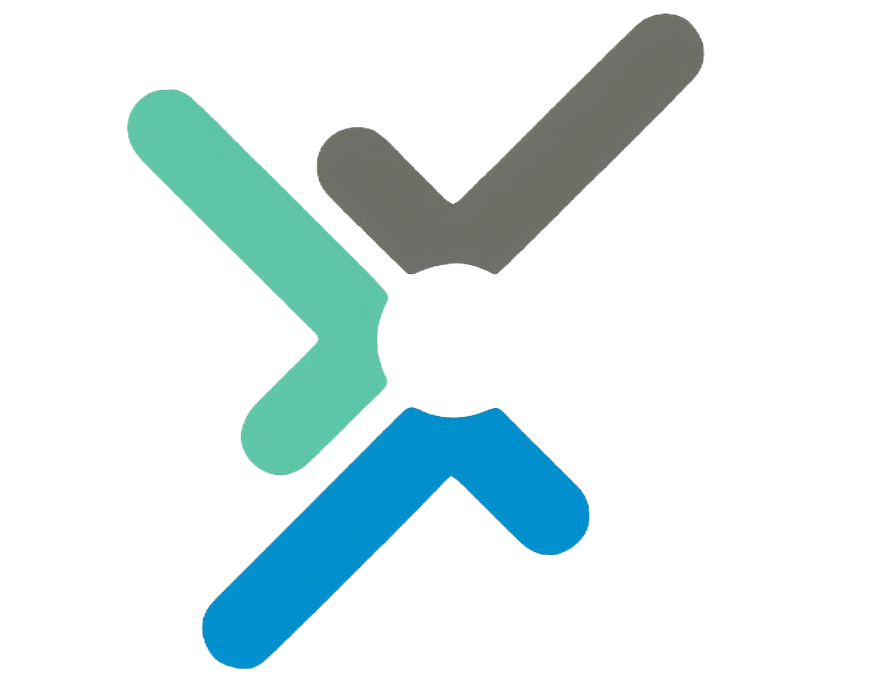What Is Jira? Discover Jira’s Core Features
- Thi Nguyen
- Jun 4
- 3 min read
What Is Jira?
Jira is a powerful software tool developed by Atlassian, widely used for project management, bug tracking, and work management. It helps teams-especially in software development and Agile-driven industries plan, track progress, and release products effectively. Jira is particularly popular in Agile methodologies such as Scrum and Kanban.
How Does Jira Work?
Jira operates based on the concept of issues. Each issue represents a task, bug, feature request, or any type of work item. These issues move through a customizable workflow, for example from "To Do" to "In Progress" and finally to "Done". Managers can easily track statuses, assign work, set priorities, and deadlines for each issue.
Recently, Atlassian introduced a shift in terminology from “issue” to “work item”. The intention is to use a more inclusive term that better reflects the diverse ways teams across various departments utilize Jira.
Key Features of Jira
Jira stands out with many features that support effective project management:

Issue Tracking: Create, assign, track, and manage tasks, bugs, and requests-all in one centralized place.
Custom Workflows: Design flexible workflows tailored to your team’s or project’s unique processes.
Agile Boards (Scrum & Kanban): Visualize your work on interactive boards that support sprints (Scrum) or continuous workflows (Kanban), enhancing transparency and collaboration.
Reporting & Analytics: Gain insights through built-in reports like burndown charts, velocity, and sprint reports to track progress and performance.
Advanced Search with JQL (Jira Query Language): Search for issues using powerful queries based on complex criteria.
Integrations: Easily connect Jira with hundreds of development and business tools, including Confluence, Bitbucket, Slack, and GitHub.
Who Should Use Jira?
While Jira is best known among software development teams, its flexibility has made it a trusted tool for a wide variety of teams and departments beyond just tech:
Software Development Teams
Project Management Teams
IT & Operations (DevOps)
Marketing Teams
Customer Support Teams
HR, Finance, and other business units with structured workflows
Read our article [Why Use Jira] to learn more.
Benefits of Using Jira
Jira offers a wide range of benefits that enhance team productivity and project visibility:
Improved Project Management: Clear and transparent tracking of work and progress.
Stronger Collaboration: Everyone on the team stays informed and aligned.
Increased Productivity: Optimized workflows help reduce bottlenecks.
Efficient Bug Tracking: Systematic management of software bugs and issues.
Agile Support: The ideal tool for teams practicing Scrum or Kanban.
Highly Customizable: Adapt Jira to meet your organization’s specific needs.
Better Decision-Making: Leverage visual reports and data insights.
Popular Jira Products
Atlassian offers several Jira products to meet the needs of different teams:

Jira (includes Jira Software and Jira Work Management): Built for software teams and supports Agile frameworks.
Jira Service Management (formerly Jira Service Desk): Designed for IT and service teams to manage support requests and incidents.
Jira Align: Helps enterprises connect strategic business goals with technical execution at scale.
Jira Product Discovery: Supports product managers and teams in capturing, prioritizing, and aligning product ideas to development roadmaps.
FAQs About Jira
Is Jira free to use?
Yes, Jira offers a Free plan for small teams (typically up to 10 users for Jira Software/Work Management and 3 agents for Jira Service Management), which includes essential features. Paid plans (Standard, Premium, Enterprise) unlock more advanced features and support.
Is Jira hard to use?
Jira is a powerful tool with many capabilities, so there may be a learning curve-especially for new users. However, Atlassian has continuously improved Jira’s user interface to be more intuitive, and there’s a wealth of documentation and tutorials available.
What’s the difference between Jira and Trello?
Both are Atlassian products. Trello is known for its simplicity and visual Kanban-style boards-ideal for personal task tracking or small projects with simple workflows. Jira, on the other hand, is much more robust and feature-rich, designed to support complex project management, bug tracking, customizable workflows, detailed reporting, and is especially suited for Agile software development.
What is JQL?
JQL stands for Jira Query Language. It’s a powerful and flexible search language that allows you to perform advanced queries to find specific issues in Jira based on criteria like assignee, status, creation date, labels, and more.
How many versions of Jira are available?
Jira is available in two main versions: Data Center and Cloud. Learn which version suits your organization best in our comparison article: [Jira Data Center vs. Jira Cloud].
By Candylio team
